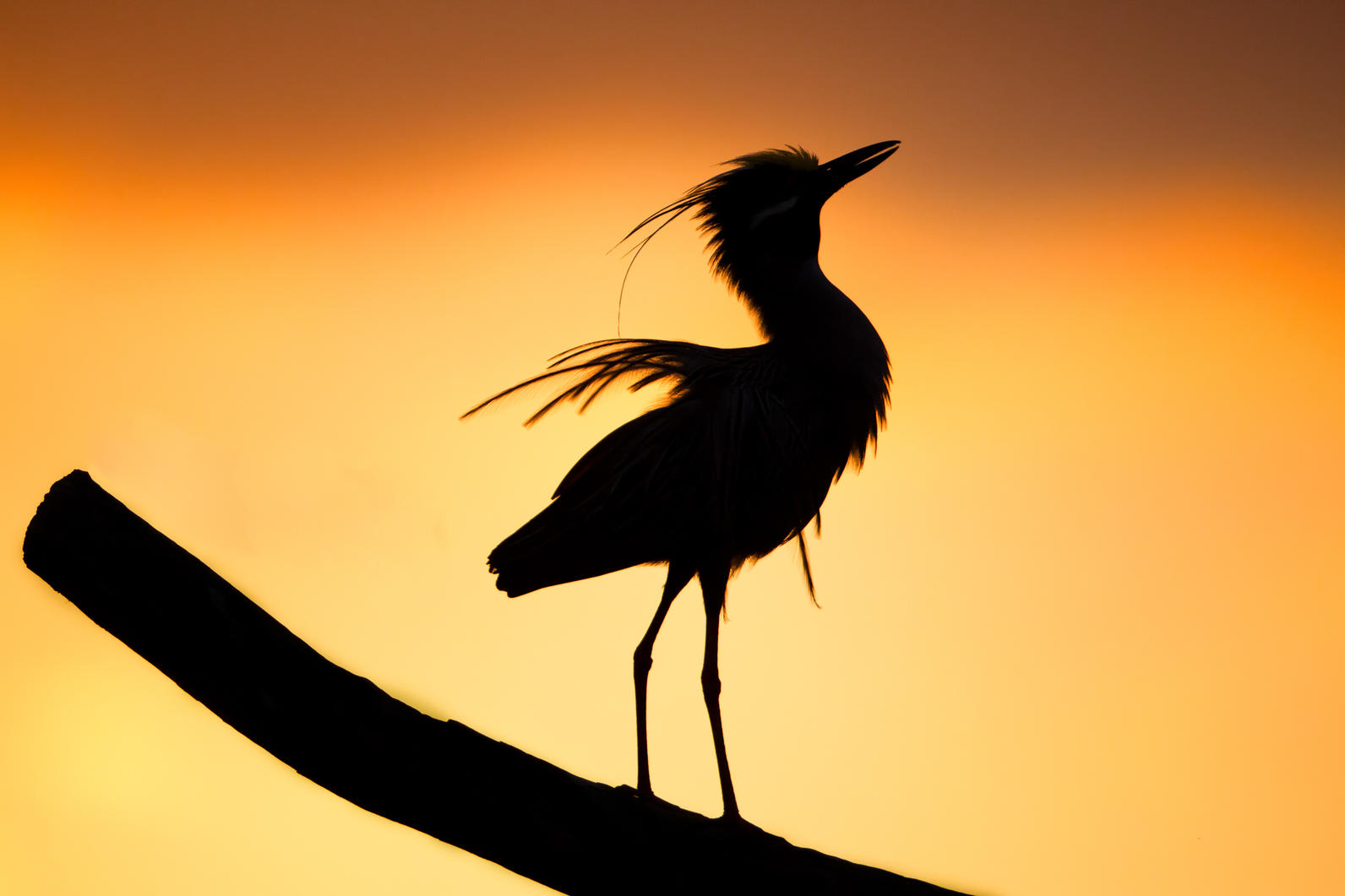Conservation Bank

Keeping waterways clean and protecting and restoring habitat along rivers and streams is essential for the survival of our state’s birds. The South Carolina Conservation Bank — our most powerful state tool for land conservation — has been highly successful in meeting both these objectives.
Since 2002, the Conservation Bank has helped conserve nearly 300,000 acres of forests, farms, historic sites, hunting land, urban parks, and wetlands throughout our state. That includes 360 miles of river frontage.
And the program is astonishingly cost effective. Over 15 years, the Bank has spent just $150 million to protect $920 million worth of property. That's an average investment of just 17 cents on the dollar.
Places Protected
It's inspiring to glance around the state and see how well the Conservation Bank has protected everything from wildlife and clean water to history and heritage. Here are just a few of the fantastic places for birds (and bird lovers) that Bank funds have protected and/or restored:
-
Four Holes Swamp: In 2005, Audubon South Carolina received $1.5 million from the Conservation Bank to protect 2,400 acres of prime bird habitat. It’s now part of the Francis Beidler Forest.
-
Conestee Park: In 2004, the City of Greenville relied on $645,000 from the Conservation Bank to create a 400 acre park on the Reedy River. More than 200 species of birds now enjoy a new haven – designated by Audubon as an Important Bird Area of Global Significance.
-
Morris Island Lighthouse: In 2006, $1.5 million in Conservation Bank funds helped save the Morris Island Lighthouse. In a related effort, the whole island – a paradise for both birders and Civil War buffs – was later saved from development.
-
Coastal Restorations: At Bear Island, Botany Bay, Santee Coastal Reserve, Bonneau Ferry, and other coastal spots, Conservation Bank funds have helped restore habitat for waterfowl and other wetlands-dependent bird species – while enhancing opportunities for public recreation.
Sanctuaries
Plan a trip to one of Audubon South Carolina's two wildlife sanctuaries in the state.







